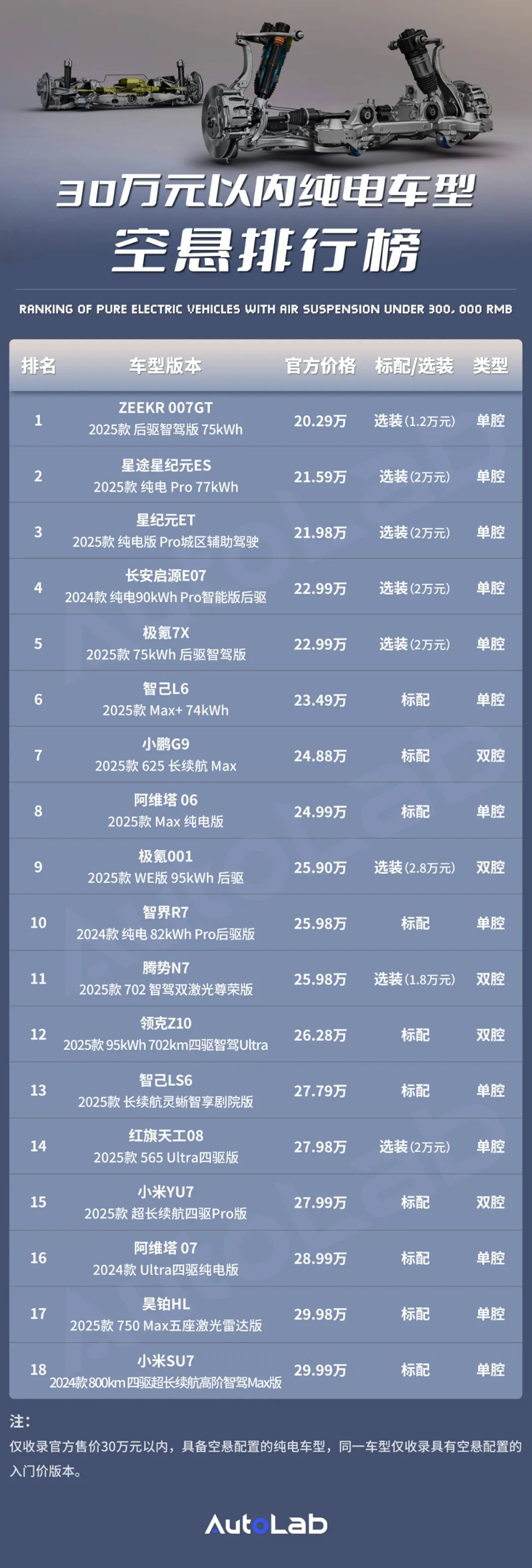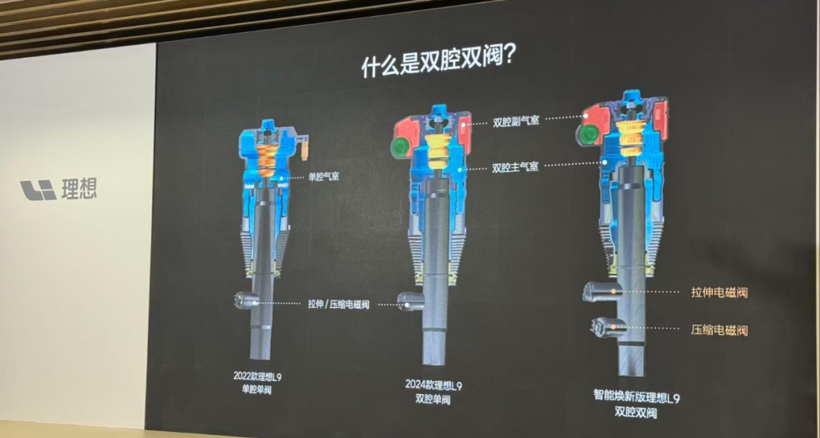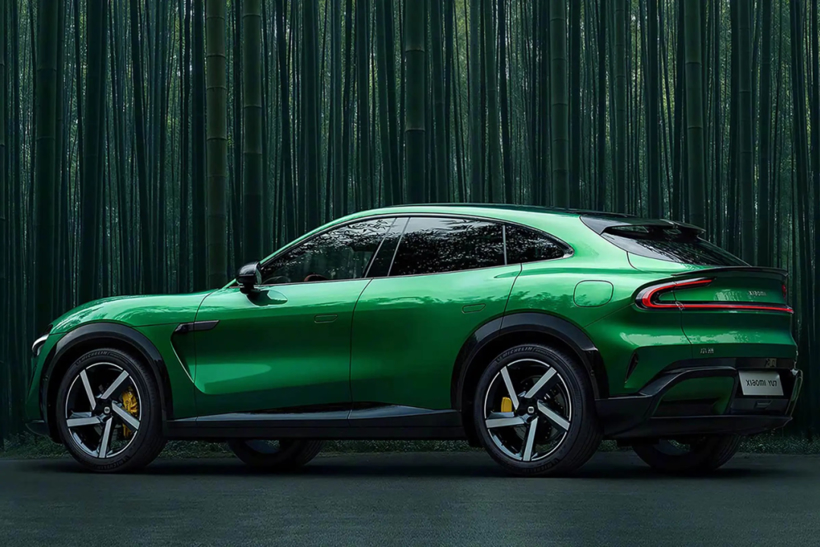Once synonymous with high-end luxury features, air suspension has become increasingly common in electric vehicles (EVs) with the rise of new energy vehicles. Nowadays, you can even purchase an electric car with dual-chamber air suspension for under 250,000 RMB. We have compiled a list of electric vehicles with air suspension available for under 300,000 RMB, providing valuable references for potential buyers. Due to the presence of large battery packs, the cost of pure electric cars is generally higher compared to fuel vehicles and range-extended hybrids. However, our list shows that even with optional prices included, a mid-to-large electric sedan equipped with air suspension can be acquired for no less than 220,000 RMB. Nearly 10 models of mid-sized and large electric sedans and SUVs with air suspension are available for under 250,000 RMB. Some models even feature intelligent driving capabilities, like the Xingjiyuan ET 2025 Pro Urban Assisted Driving version, priced at 219,800 RMB, which includes a lidar-equipped version. This means that in today's market for new energy vehicles, one can purchase an electric vehicle with both air suspension and advanced intelligent driving features for less than 250,000 RMB—a notion that would have seemed far-fetched just a few years ago. Additionally, within the current new energy vehicle market, a budget of 250,000 RMB not only allows for the purchase of electric cars with air suspension but also those equipped with dual-chamber air suspension. For instance, the XPeng G9 2025 model, priced at 248,800 RMB, is a mid-to-large electric SUV featuring a 79 kWh battery, with its base model including dual-chamber air suspension as standard. Dual-chamber air suspension offers superior benefits over single-chamber systems in terms of suspension stiffness adjustment. A single-chamber system consists of one independent air chamber, with its pressure controlled by electronic valves to adjust the suspension's stiffness—higher pressure results in a firmer spring, while lower pressure yields a softer spring. Single-chamber air suspension primarily focuses on adjusting vehicle height, providing limited options for stiffness adjustment. In contrast, dual-chamber air suspension features two independent air chambers, each controlled separately by valves, allowing for a more extensive range in stiffness adjustment and a more refined tuning of the suspension. This design also enables faster adjustment speeds. Our list reveals that there are currently five electric vehicles under 300,000 RMB equipped with dual-chamber air suspension. Interestingly, two models from Xiaomi illustrate this trend: last year's Xiaomi SU7 featured single-chamber air suspension at a higher price, whereas this year's Xiaomi YU7 has dual-chamber air suspension and is priced 20,000 RMB lower. The evolution of suspension configuration and pricing within the same brand over just a year highlights the competitive nature of the current new energy vehicle market. As more electric vehicles adopt high-end features, the market for premium components will continue to grow, suggesting that air suspension, once a luxury feature, will gradually become mainstream. In conclusion, while the proliferation of high-end configurations is beneficial for consumers, manufacturers must ensure that added features provide real value and enhance the overall user experience. Otherwise, they risk increasing costs without improving functionality, which could diminish consumer trust in these features.
The Rise of Dual-Chamber Air Suspension in Affordable Electric Vehicles

Images



Share this post on: